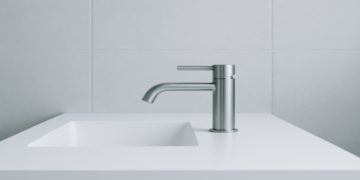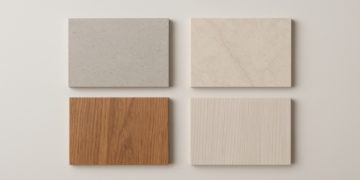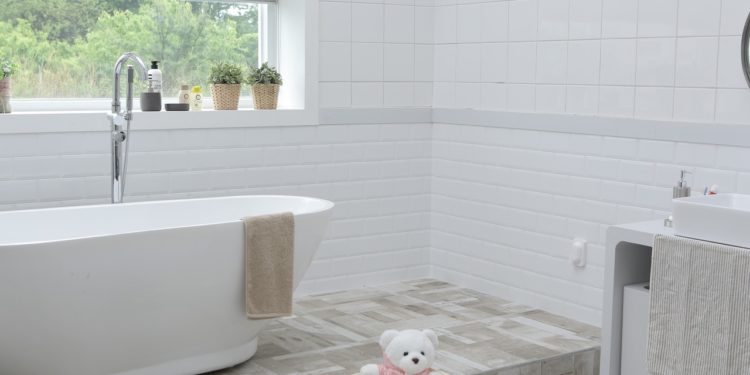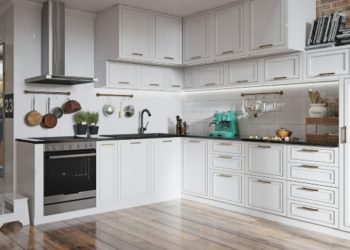Introduction
For decades, bathtubs were seen as the gold standard of bathroom comfort—symbols of relaxation, luxury, and timeless tradition. But over the last several years, the way people use their bathrooms has changed significantly. Today’s homeowners are more interested in convenience, space efficiency, and functionality than ever before. And one trend that continues to gain traction is the move from traditional tubs to sleek, practical showers.
A tub to shower conversion is not just a design decision—it’s a lifestyle shift. It reflects how people actually live day to day, favoring accessibility and modern aesthetics over nostalgic features that no longer fit their routines. If you’ve ever stood staring at your bathtub, wondering if it’s still worth the space, you’re not alone.
Companies like Renken Remodeling are familiar with this shift. Many homeowners are now choosing showers over tubs as a way to refresh their space, boost usability, and add value to their homes—without necessarily doing a full bathroom remodeling.
Why Showers Are Taking Over
Faster, More Efficient Use
Showers save time. In the bustle of a modern schedule, most people don’t have time for a daily soak. Showers offer the quick, convenient, and energizing experience that fits busy lifestyles—morning or night. They also use less water on average, making them a smart choice for the environmentally conscious.
Easier Maintenance
Bathtubs tend to collect more grime and are harder to clean, especially around the curved basin and tile perimeter. A walk-in shower typically has fewer crevices and simpler surfaces, which makes cleaning less time-consuming. For families or individuals with physical limitations, bending over to scrub a tub can become a challenge. Showers offer better ergonomic access for both use and maintenance.
Better Use of Space
Tubs can dominate smaller bathrooms, leaving little room for movement or storage. Converting to a shower often opens up the space, both visually and functionally. Glass enclosures reflect more light, and sleek shower hardware helps make the bathroom feel more expansive—even if no square footage is added.
For homeowners working with limited space, tub to shower conversions can turn a cramped layout into one that feels open, balanced, and modern.
Benefits Beyond Design
Improved Accessibility
One of the most compelling reasons people opt for tub to shower conversions is safety. Stepping over a tub wall can be risky for older adults, children, or anyone with mobility issues. A walk-in shower, especially one with a low or zero-threshold entry, dramatically improves accessibility and reduces fall risks.
When paired with features like grab bars, built-in seating, or slip-resistant flooring, these conversions make the bathroom safer and more inclusive for everyone in the household.
Future-Proofing the Home
Converting a tub into a shower can be part of a larger strategy for aging in place. As homeowners plan for long-term comfort, features that support accessibility become increasingly valuable. In fact, real estate agents often note that homes with at least one easily accessible shower are more attractive to buyers seeking modern, user-friendly layouts.
Even if you don’t need these features now, incorporating them can be a smart long-term move that avoids future renovations.
Water and Energy Efficiency
Most showers use significantly less water than filling a tub, especially with the use of modern low-flow showerheads. This results in lower utility bills and reduced energy use for heating water. When paired with energy-efficient fixtures and lighting, converting to a shower becomes part of a broader effort to make your home more sustainable.
What to Expect from a Tub to Shower Conversion
Not a DIY Project
While some home upgrades are suitable for weekend warriors, a tub to shower conversion is not one of them. The job often involves plumbing rerouting, waterproofing, tiling, fixture installation, and sometimes structural adjustments. Getting it wrong could lead to leaks, mold growth, and costly repairs.
Professional remodeling teams assess the condition of existing plumbing, evaluate drainage requirements, and help you design a shower that meets both form and function.
Design Flexibility
One of the appealing aspects of tub to shower conversions is the design freedom it offers. From minimalist frameless glass enclosures to spa-inspired tile patterns and rainfall showerheads, the range of customization is extensive.
Depending on the budget, homeowners can choose:
- Tile vs. acrylic walls
- Built-in niches for toiletries
- Benches or folding seats
- Matte black, brass, or chrome finishes
- Standard vs. handheld showerheads
This means every conversion can be tailored to match your personal style and how you actually use your space—whether it’s part of a full bathroom remodeling effort or a focused update.
Timeline and Costs
Conversion timelines can vary, but most professional installations are completed within a few days to a week. The cost will depend on factors such as materials chosen, the complexity of plumbing adjustments, and any required permits or inspections.
That said, the investment tends to pay off quickly—both in daily comfort and resale value. Bathrooms are among the highest-ROI areas in any home, and a modern, functional shower can make your property stand out in a competitive market.
How It Fits Into a Full Bathroom Remodeling Plan
While tub to shower conversions can be done as stand-alone projects, they also blend seamlessly into full bathroom remodeling plans. For homeowners already replacing vanities, upgrading lighting, or retiling floors, adding a shower conversion completes the transformation.
When aligned with other upgrades, the result is a cohesive space that reflects modern design principles and real-life functionality. It’s not just a renovation—it’s a reset.
Is It Right for Every Home?
Considering Household Needs
Before making the switch, it’s important to think about your household’s habits. If you have small children who still use a bathtub or frequently host guests who prefer soaking, it might make sense to keep at least one tub in the home.
But if you’re like most modern homeowners—who favor practicality, space-saving, and minimal upkeep—a shower conversion could be exactly what your bathroom needs.
Understanding Market Expectations
In some markets, homes without bathtubs can be seen as less appealing to potential buyers. It’s important to know your local real estate trends. If you have more than one bathroom, converting one tub to a shower while retaining another can be the perfect balance between personal preference and market flexibility.
Companies like Renken Remodeling help homeowners navigate these choices by evaluating current layouts, resale potential, and long-term lifestyle needs.
Conclusion
Tub to shower conversions aren’t just trendy—they’re deeply practical, forward-thinking upgrades that align with how people actually live. They create safer, more functional, and more beautiful bathrooms without requiring full overhauls. Whether you’re looking to simplify your routine, open up space, or plan for future comfort, this one change can have a big impact.
By understanding the process, the benefits, and the design possibilities, you can confidently take the next step in upgrading your bathroom for modern living. It’s not just about removing a tub—it’s about adding value, ease, and style where it matters most.













































































